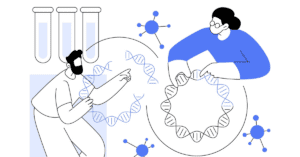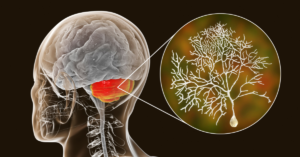
Snapshot: What are Pyramidal Signs?
Have you ever wondered what part of your nervous system is helping move the muscles of your body? Or your head? An important part of our central nervous system called the pyramidal tract is responsible for voluntary movements made by our body. The pyramidal tract is made up of two Read More…


















